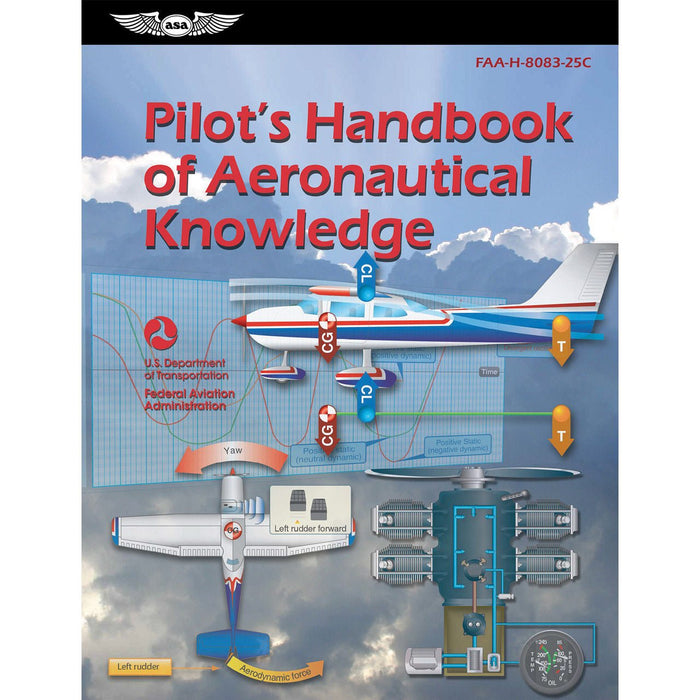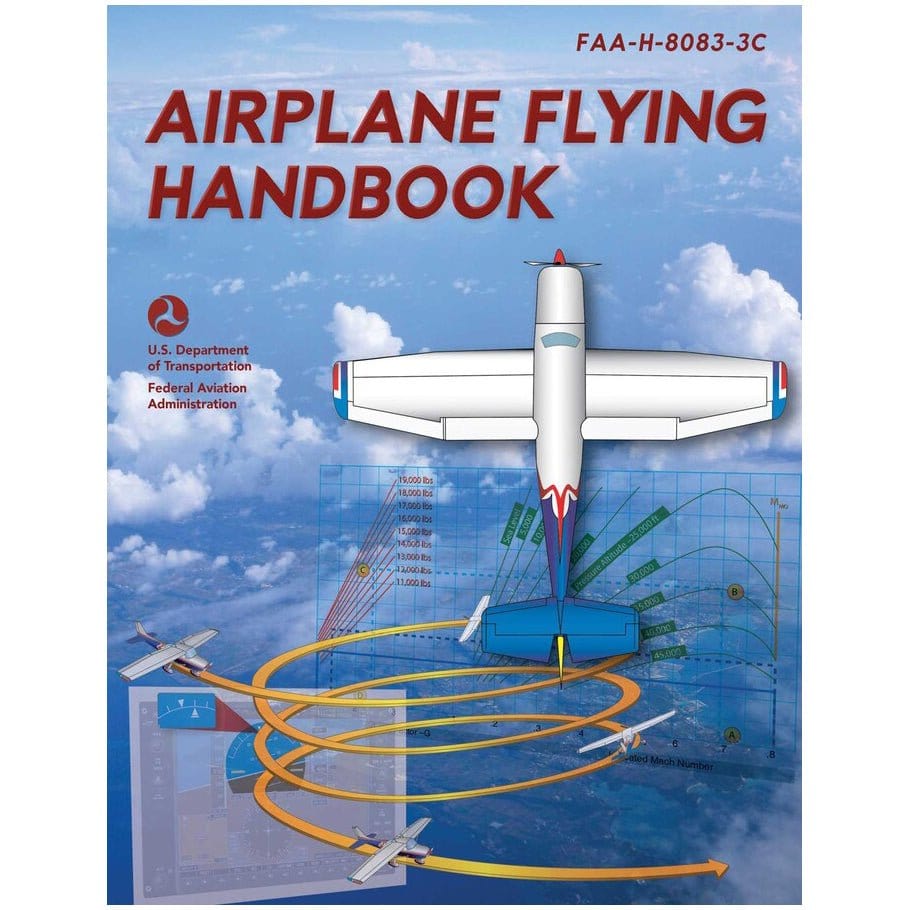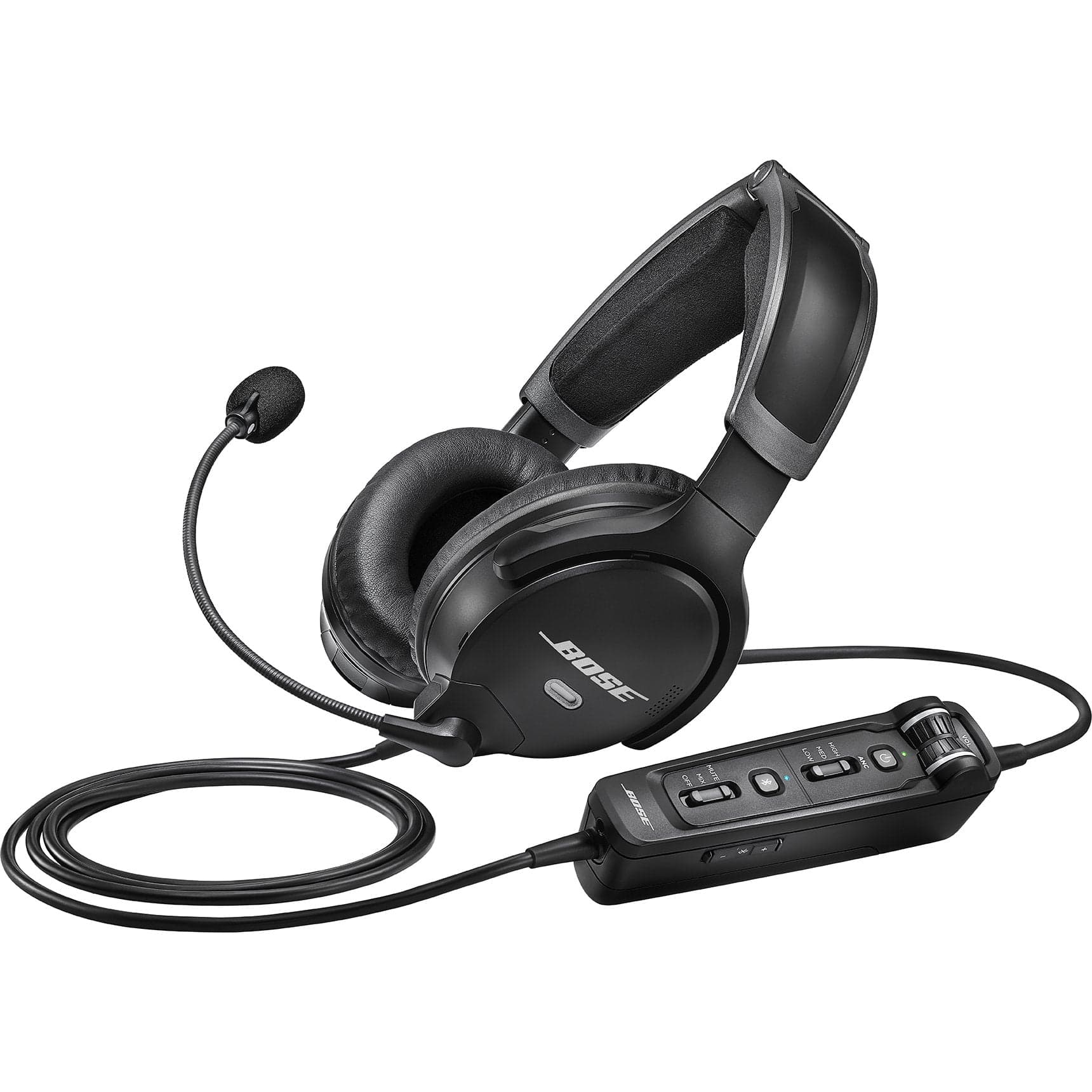A temporary flight restriction or TFR is, just as it sounds, is a short-term change to the rules of a given airspace. A TFR tightens the regulations and parameters for flying in that space.
TFRs can be issued for many reasons, and the nature of the reason will determine how restrictive the TFR is. In some cases, pilots may still operate within the restricted area, but with more regulations. In other cases, the airspace within the TFR zone is completely off-limits.
Pilots who have not had much experience with TFRs often wonder just what the rules are. For example: can you fly through a TFR? What happens if you fly into a TFR? How do you know where the TFRs are?
Today we will explore the types of TFRs, the rules governing each, and what happens if you break them.
Table of Contents
- Types of temporary flight restrictions
- Disaster/Hazard Areas
- National Disaster Areas in the State of Hawaii
- Emergency Air Traffic Rules
- Presidential and Other Parties
- Space Flight Operations
- Reviewing Communications Procedures
- Abnormally High Barometric Pressure Conditions
- Aerial Demonstrations and Major Sporting Events
- Special Security Instructions
- History of TFRs
- Is there such a thing as a permanent TFR?
- How do you know where the TFRs are?
- Can you fly through a TFR?
- What happens if you fly into a TFR?
Types of temporary flight restrictions (TFRs)
There are many reasons to temporarily restrict travel in a certain area of airspace, and these reasons are grouped into categories.
The 8 types of TFRs are:
- Disaster/Hazard Areas
- National Disaster Areas in the State of Hawaii
- Emergency Air Traffic Rules
- Presidential and Other Parties (VIP)
- Space Flight Operations
- Abnormally High Barometric Pressure Conditions
- Management of Aircraft Operations in the Vicinity of Aerial Demonstrations and Major Sporting Events
- Special Security Instructions
Disaster/Hazard Areas
A disaster or hazard area TFR is designed to protect people and property on the ground along with low-flying aircraft from a specific hazard. A disaster or hazard area TFR can be issued for toxic chemical leaks and spills, wildfires, earthquakes, hurricanes, volcanic eruptions, nuclear disasters, aircraft crashes, and other similar incidents.
This type of TFR has also been implemented to create a standoff distance and protect high-profile facilities that store hazardous materials. Learn more about disaster/hazard area TFRs and their specific restrictions in Section 91.137.
National Disaster Areas in the State of Hawaii
This type of TFR is designed to protect people and property in inhabited areas of Hawaii that are within a declared national disaster area. It is similar to the disaster and hazard areas type of TFR but is specific to Hawaii. Learn more about the State of Hawaii national disaster area TFRs and their specific restrictions in Section 91.138.

Emergency Air Traffic Rules
The emergency air traffic rules TFR is intended for use under emergency conditions when the FAA is unable to operate the ATC system and normal flight operations cannot be conducted safely and efficiently.
This type of TFR was implemented on a national scale to ground all air traffic after the World Trade Center attacks on September 11th. Learn more about emergency air traffic rules TFRs and their specific restrictions in Section 91.139.
Presidential and Other Parties
Perhaps the most challenging and potentially frustrating type of TFR for pilots to navigate is the Presidential and other parties (or VIP). The VIP TFR creates a restricted flight zone in the proximity of the United States President, Vice President, and other designated VIP parties. As these VIPs move around the country, so do the TFRs that surround them.
The nebulous roving nature of the VIP TFR is what makes it so different from that of the more stationary types of TFRs. Although the TFR’s NOTAM lists the expected start and stop time of the VIP TFR, the time could shift on short notice if the VIP is early or delayed.
Pilots must remain vigilant and check for new TFRs regularly so that they do not inadvertently breach the airspace of a VIP TFR which they were unaware of. Learn more about presidential and other parties TFRs and their specific restrictions in Section 91.141.
Space Flight Operations
The area around Cape Canaveral, Florida is one of the primary locations for space flight operations TFRs. When NASA is conducting a launch, a TFR is issued to protect the airspace needed for the launch to take place.
New Mexico and California are other locations where space flight operations frequently occur and where corresponding TFRs are issued. Learn more about space flight operations TFRs and their specific restrictions in Section 91.143.
Abnormally High Barometric Pressure Conditions
Aircraft barometers can measure a maximum barometric pressure of 31 inches of mercury. A cold, dry air mass can produce pressure levels which exceed this threshold. Since pilots use barometric pressure to gauge altitude, it is dangerous to fly in these conditions.
A TFR will be issued to keep pilots out of the high-pressure area until conditions stabilize. Learn more about abnormally high barometric pressure conditions TFRs and their specific restrictions in Section 91.144.

Management of Aircraft Operations in the Vicinity of Aerial Demonstrations and Major Sporting Events
The aircraft involved in aerial demonstrations and air shows need protected skies within which to operate, and this type of TFR creates that space by keeping other planes out. Major sporting events like the Olympic Games, Rose Bowl, Indianapolis 500, Super Bowl, and World Series often have authorized aircraft overhead as well and safety can be enhanced for these events by issuing a special event TFR.
Some sporting events that receive sports TRFs are listed in the CFRs, but a sports TFR can also be issued for many other types of high-attendance events. Learn more about special event TFRs and their specific restrictions in Section 91.145.
Special Security Instructions
The purpose of a special security instruction TFR is to protect the airspace over certain areas that have been designated as sensitive to the interests of national security and as potential targets of terrorism.
Security TFRs are frequently found around military bases and operations as well as high profile events such as political conventions and visiting foreign dignitaries.
A special security TFR can be used in tandem with and to augment other types of TFRs like space flight operations and special events. Restrictions on drone flights over military installations are created using special security TFRs. Learn more about special security instructions TFRs and their specific restrictions in Section 99.7.
History of TFRs
Pre-9/11, most TFRs were issued for safety reasons with some occasional restrictions for Presidential movements. Security-related concerns after 9/11 along with the CFR update to allow TFRs over major sporting events and air shows led to a significant uptick in the number of CFRs as did more frequent large forest fires.

Is there such a thing as a permanent TFR?
With all the discussion about how TFRs can pop up and then disappear, the question of a permanent TFR seems odd. Also, since one would think that as temporary flight restrictions are by nature and name defined as temporary, there should be no way a TFR could ever be permanent.
Generally, this is true, and areas with permanent restrictions would be classified as prohibited or restricted airspaces, however, there are currently several notable exceptions. The TFRs protecting these areas are in place indefinitely with “permanent” listed as their ending date and time.
A VIP TFR near Dallas, Texas has been in place since January of 2009 in the area over former president George W. Bush’s ranch. The Trump Tower in New York City has also been protected by a VIP TFR since January 2017. Presidents are not the only ones with longstanding TFRs in place.
Disney was able to arrange for security TFRs to be implemented around Disneyland Theme Park in Anaheim, CA and Disney World Theme Park in Orlando, FL in October 2014.
How do you know where the TFRs are?
The easiest way to see and view the boundaries of a TFR is though the FAA’s virtual list of current TFRs. Since temporary flight restrictions are a type of NOTAM, pilots can also access them through FNS NOTAM search.
It is important to call your local flight service station (FSS) and check for TFRs in your flight path immediately prior to the flight so you are operating under the most current information.
Consistent with their temporary nature, some TFRs like those for presidential movements or areas of high barometric pressure can quickly appear and disappear while TFRs protecting areas deemed critical to national security and defense will remain in place for more extended periods.
Can you fly through a TFR?
Just because a TFR is in place for a given area, that does not always mean that the airspace within the TPR boundary is completely off-limits. In some cases, aircraft will be allowed to enter the TFR airspace if they abide by the designated restrictions and meet the specified requirements laid out in the NOTAM.
The TFR airspace may have an inner and outer area with different restrictions. It is important for pilots to read the relevant NOTAM for the TFR airspace and comply with the operating restrictions and requirements.
Check the NOTAMs
The NOTAM for the TFR will list the reason that the restriction is being implemented, for example “to provide a safe environment for fire fighting.” It will designate the type, in this case “Hazards,” and the operating restrictions and requirements “No pilots may operate an aircraft in the areas covered by this NOTAM (except as described).”
If nothing else follows this restriction, then a pilot can safely understand that there are no exceptions and that they cannot fly through the TFR.
Stay in communication with ATC
Some TFRs specify that aircraft may fly in the TFR airspace provided that they meet certain requirements like being on an active flight plan, maintaining a discrete squawk code, and staying in two-way radio communications with ATC at all times while within the TFR airspace.
This is more common with TFRs that designate an inner and outer ring of restricted airspace. Pilots may be able to transit the other ring providing they meet the requirements (usually “talking and squawking”) while the inner ring is completely restricted to participating aircraft along with law enforcement and military.
In other cases, the NOTAM may leave the restrictions slightly more open by adding “unless authorized by ATC” to the restrictions and requirements information. In this case, if a pilot has a specific valid reason for needing to enter the TFR airspace, they can contact ATC and request permission to enter the airspace.
This can get confusing, but a conversation with your FSS should help sort things out. If your VFR flight plan takes you near a TFR area, requesting flight following is another strategy that can help you to stay out of trouble and out of restricted air space.
What happens if you fly into a TFR?
You checked your NOTAMs prior to takeoff, you called the FSS to confirm, and yet somehow you still inadvertently flew into a TFR airspace. Now what? Violating a TFR is a regulatory offense and counts as a pilot deviation. The FAA will do an investigation and determine appropriate enforcement action.
The consequences of violating a TFR airspace depend on the type and nature of the TFR as well as the actions and intentions of the pilot committing the incursion. There are several possible punishments for TFR infractions, and pilots may be subject to one or more of the following:
- Pilot’s license suspended or revoked
- $100,000 fine
- Civil penalty
- Criminal penalty of up to 1 year in federal prison
Special Security and Presidential and Other Party TFR zones are those whose violation is the most likely to result in serious consequences, particularly if the violation took place knowingly or willfully.
A knowing and willful incursion into one of these zones will get you a $100,000 fine, up to a year in federal prison, or both. You may also look up to find a pair of F-16 fighter jets rapidly closing on you as they attempt to ascertain whether you are a threat and what your intentions are.
Hopefully you will never find yourself in this position, but if you do, it will help to have reviewed the FAA’s guide to National Security and Interception Procedures. The guide lays out what to expect if you are intercepted for identification. It teaches you the intercepting signals that the fighter jets will use as well as what signals the intercepted aircraft is supposed to use to respond.
Knowing these signals can help to mitigate further trouble if you find yourself in this already less than desirable scenario.
The consequences of an accidental infraction are usually not quite so severe, but at best, your license is still on the line. Unintentional violations of a TFR will usually result in at least a 30- to 90-day suspension.
Takeaways
Temporary Flight Restrictions (TFRs) are issued when there is a specific need to restrict and protect certain airspace for a specified period of time. A TFR can be issued to guard a natural disaster, a large sporting event, a space flight launch, the President or Vice President, locations important to national security and more.
Pilots must maintain a high level of awareness of all TFRs in their flight area. Review NOTAMs prior to your flight and call the FSS to ask if there are any TFRs in your flight path. Flight following can also help keep you out of trouble and let you know if you are able to enter an airspace currently under a TFR.
The consequences for violating a TFR can be as minimal as a 30-day license suspension or as severe as a year in federal prison and a $100,000 fine, so it pays to be alert to any TFRs and to know the answer to the question, “Can I fly through a TFR?”
Read the Federal Aviation Regulations to make sure you're up to date and following the rules!

|
Pilot's Handbook of Aeronautical KnowledgeProviding basic knowledge essential for all pilots, from beginning students through to the advanced certificates, this Federal Aviation Administration (FAA) publication introduces readers to the broad spectrum of knowledge required as they progress through pilot training. |












